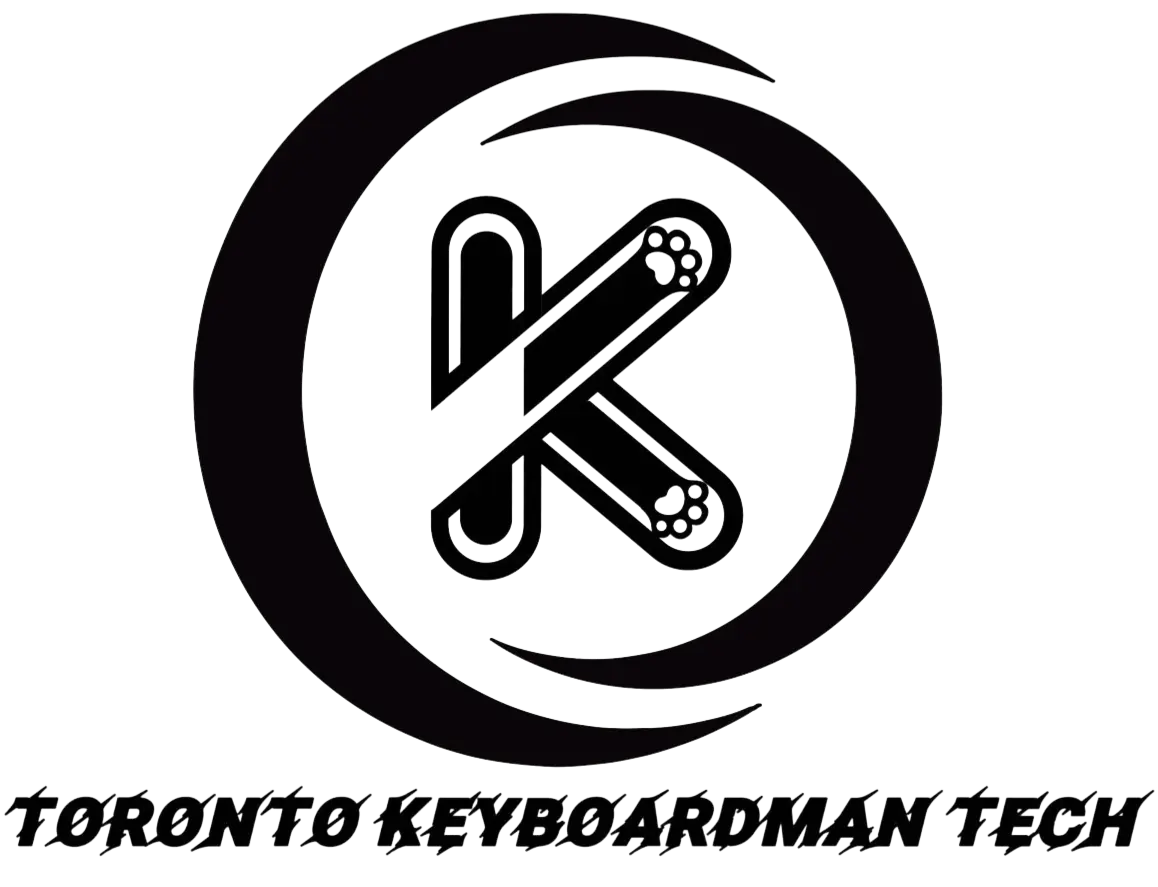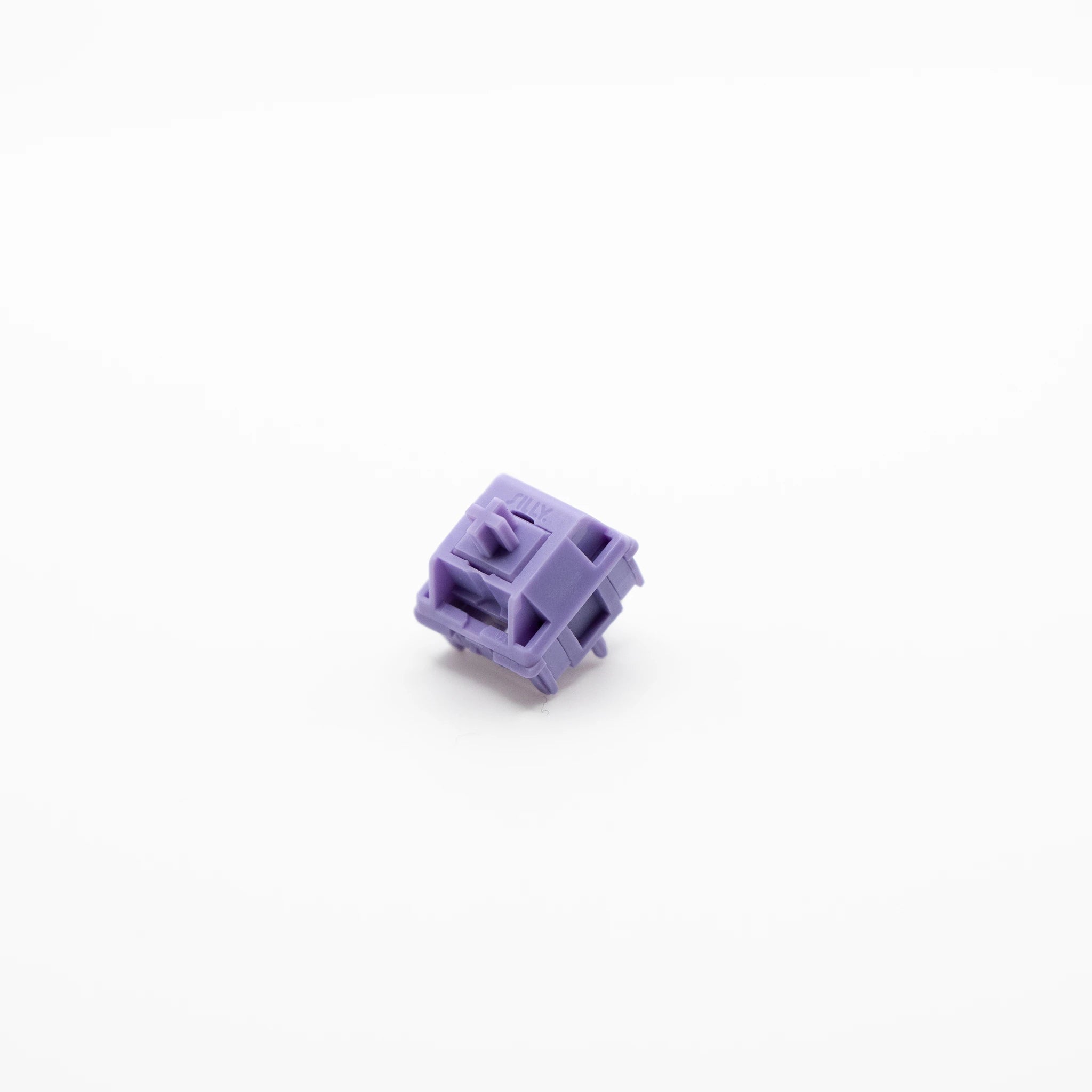
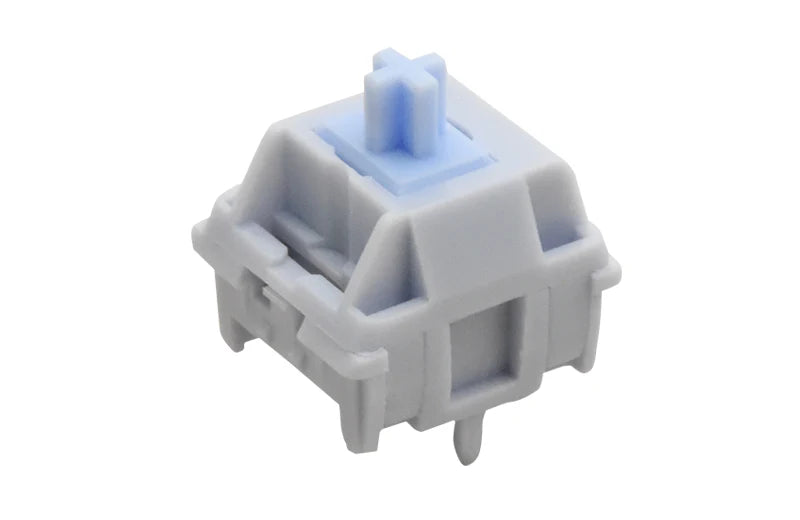
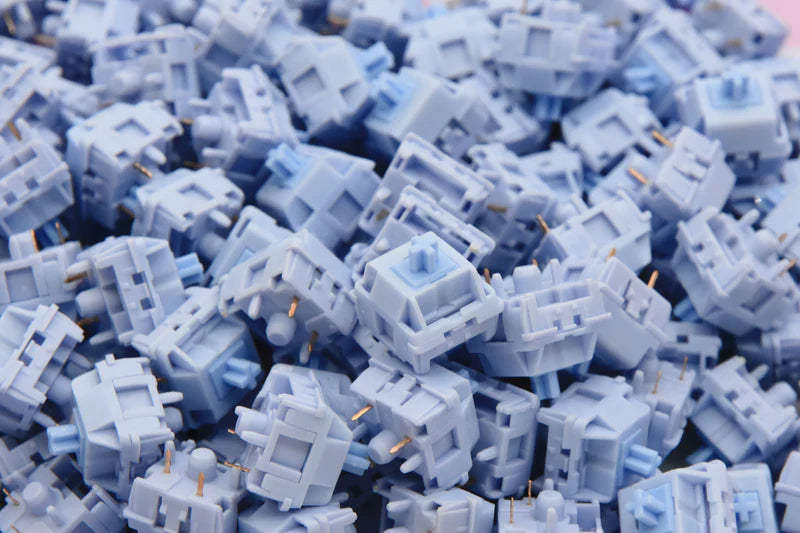

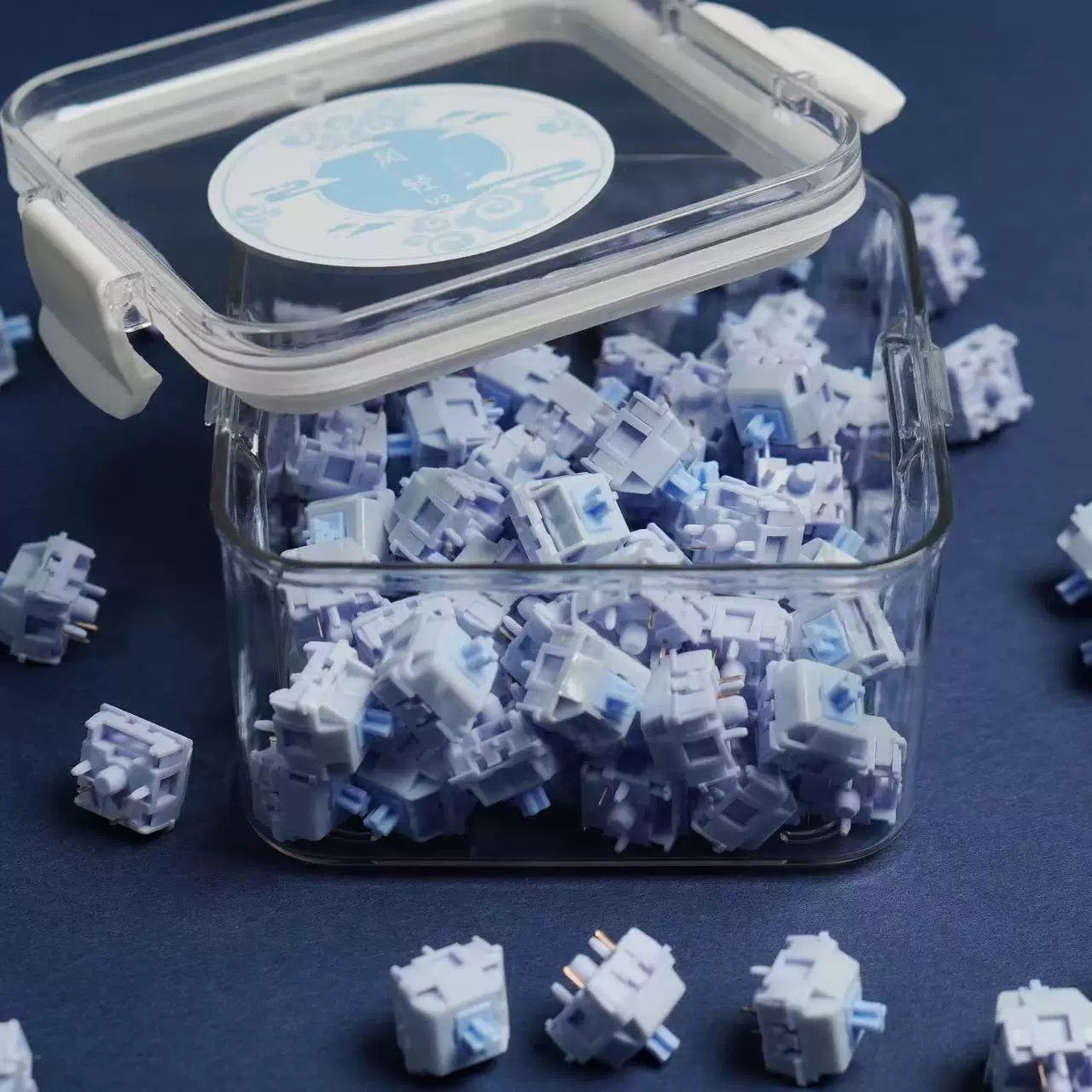
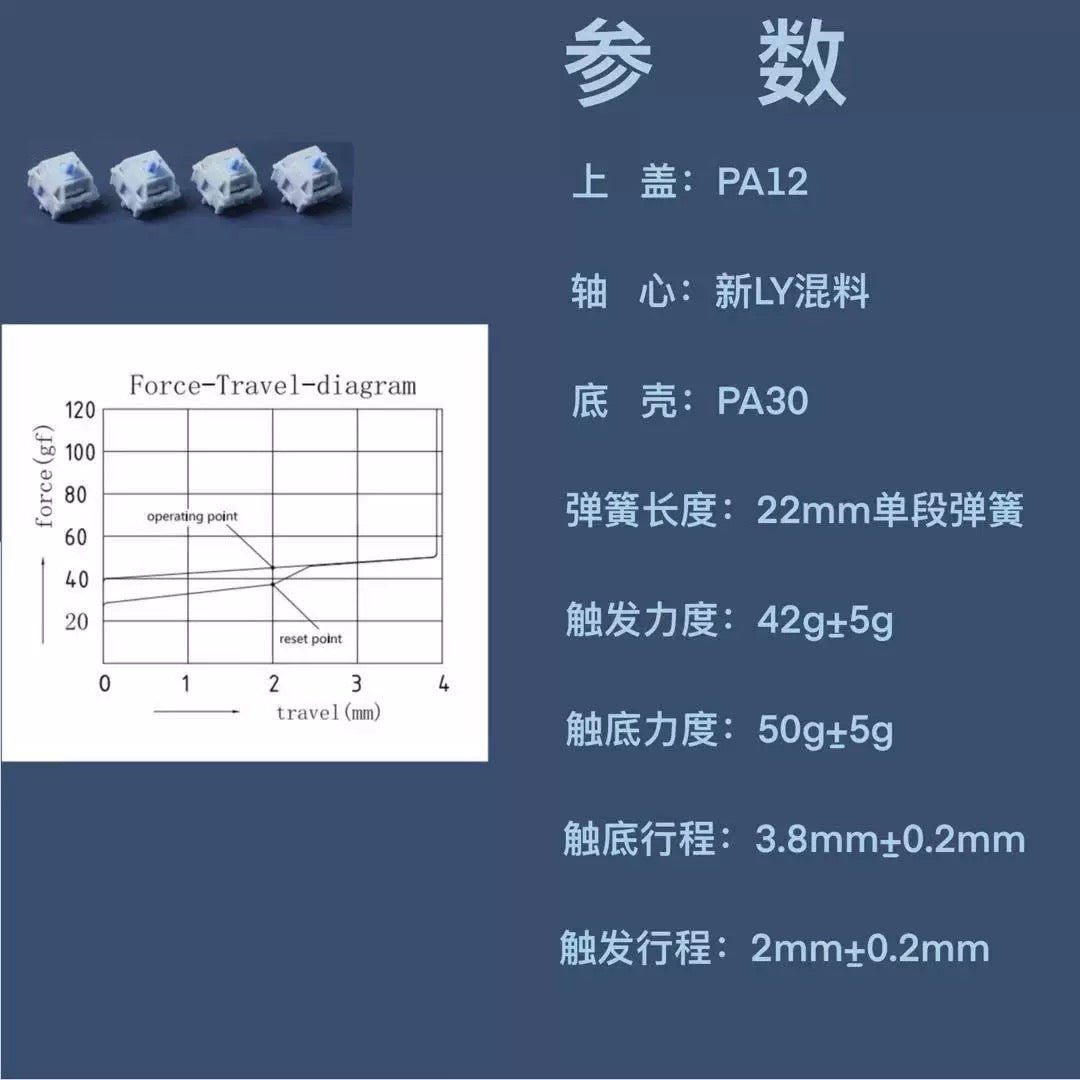
HMX 风轻轴
Switch Spec
Couldn't load pickup availability
Pickup currently unavailable at 4675 Steeles Ave E


HMX Swift 开关采用 LY 轴心和外壳材料,与同类产品 HMX Cloud 相比,其设计旨在提供更顺畅、更安静的打字体验。上盖由改性 P3 尼龙制成,并添加了 PTFE,以增强平滑度和更深沉的声音,而 PA3.0 底壳则提供更柔软的感觉。轴体的行程距离接近 3.9 毫米,在令人满意的砰砰声和标志性的 HMX 咔嗒声之间取得平衡,使其成为 HMX 系列中的独特选择。
规格
- 类型:线性
- 轴心材质: LY
- 上盖: P3
- 底壳: PA3.0
- 触发压力: 42克力±5克
- 触底压力: 50克±5克
- 弹簧: 22mm单级弹簧
- 预行程: 2.0毫米
- 总行程: 3.9 ± 0.3 毫米(实际约为 3.7 毫米)
Shipping with Protection
At Toronto KeyboardMan, we strive to process and ship your order as quickly as possible. Below are the details of our shipping policy:
Processing Time
- Orders are typically processed and shipped within 1-2 business days (excluding weekends and holidays).
- You will receive a confirmation email with tracking information once your order has been shipped.
Shipping Protection & Insurance
- All shipments include protection (insurance) to safeguard against loss or damage during transit.
- If your package is lost or damaged, please contact us immediately so we can assist you in filing a claim.
Shipping Rates & Delivery Time
We offer the following shipping options:
Within Canada
- Standard Shipping: 3-7 business days
- Express Shipping (GTA Only): Same or Next Business Day
- Expedited Shipping (Ontario): 1-2 business days
United States
- Standard Shipping: 3-7 business days
- Expedited Shipping: 2-4 business days
International Shipping
- Delivery times vary based on destination and shipping method selected.
Order Tracking
- A tracking number will be provided via email once your order has shipped.
- You can track your order through the courier’s website for real-time updates.
Customs, Duties & Taxes (International Orders)
- Customers outside of Canada are responsible for any customs duties, taxes, or import fees charged by their country.
- We are not responsible for delays due to customs clearance.
Shipping Address & Delivery Issues
- Please ensure your shipping address is accurate and complete before placing your order.
- If an incorrect address is provided, additional fees may apply for reshipping.
- If your package is marked as delivered but not received, please check with your local carrier or neighbors before contacting us.
If you have any questions, you are always welcome to contact us. We'll get back to you as soon as possible, within 24 hours on weekdays.
Shipping Information
Use this text to answer questions in as much detail as possible for your customers.
Customer Support
Use this text to answer questions in as much detail as possible for your customers.
FAQ’s
Use this text to answer questions in as much detail as possible for your customers.
Contact Us
Use this text to answer questions in as much detail as possible for your customers.

